Intro
Throughout the history of humanity, the table has played a fundamental role in many aspects, acquiring a great cultural value and being the stage of infinite uses and activities. Many of the great events have been and will continue to be recorded around a table: The instructions of the year XIII were drafted and signed on the table of the general constituent assembly; republican democracy materializes at the polling stations, great stories of love and friends arise at a bar table; and the family gathers around the table on Sundays for lunch and sharing. The table with its historical genealogy, is no stranger to the different moments that have left important traces in the history of man; to reflect on the affective power of this object is to build spaces where different ways of living, being and being with others can be displayed.
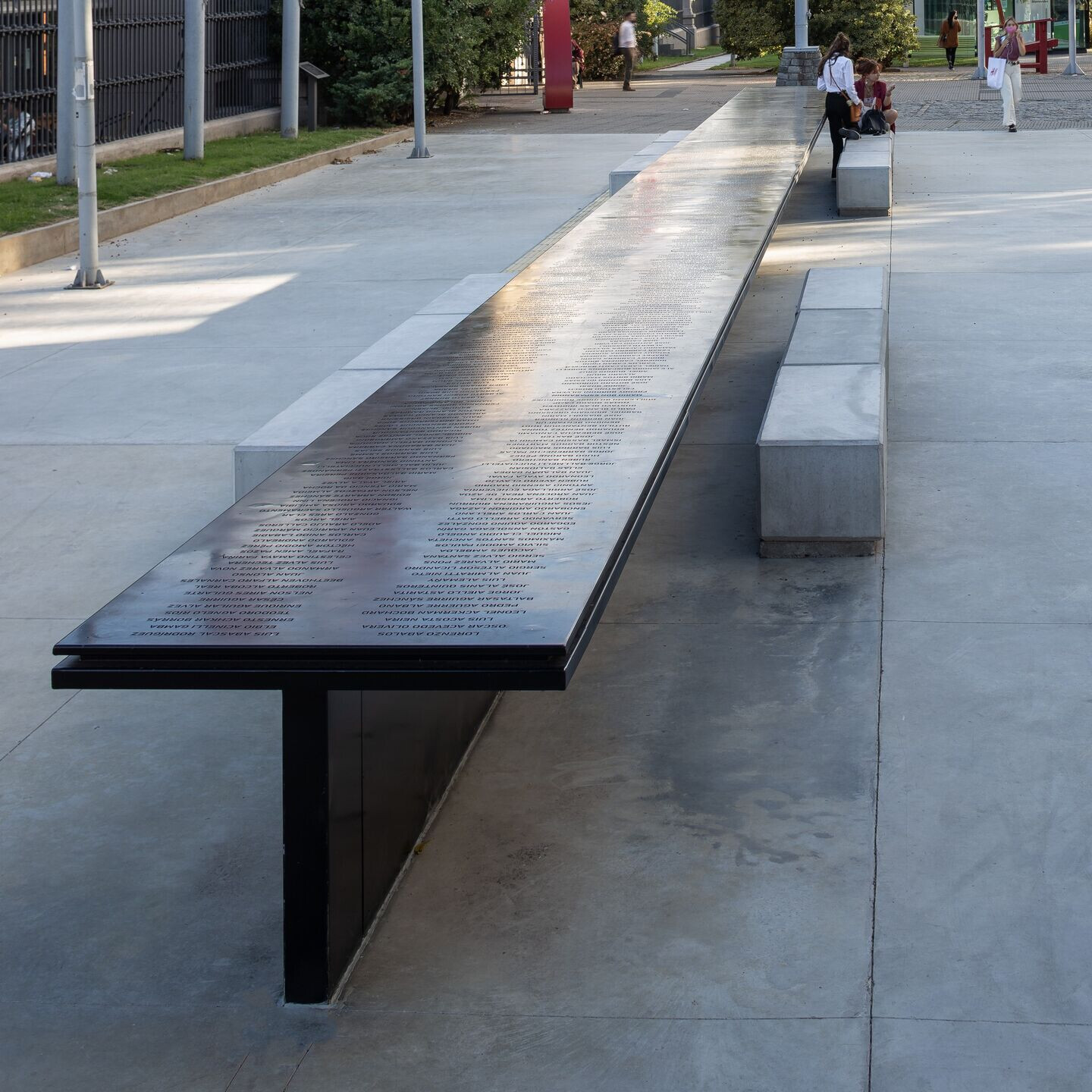
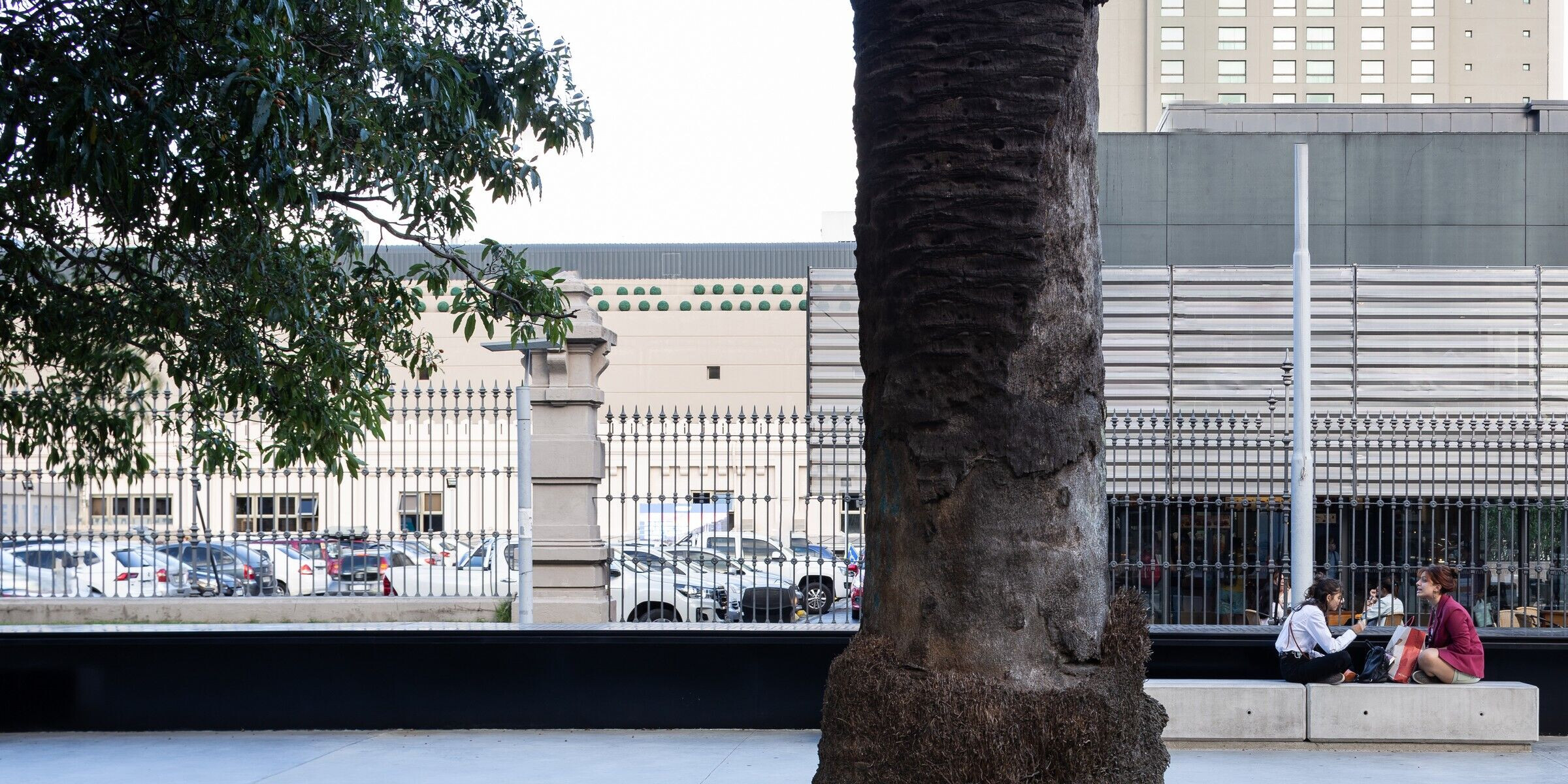
Concept
We are animals with memory, therefore, animals with the ability to tell stories. In this sense, the table has worked over time as a device of narration, of anecdotes ... that make it a powerful communicational field, where the public and the private, the domestic and the territorial can coexist. In an act of communication and urban tension, the project is conceived from a subtle and concentrated gesture; but powerful when it comes to integrating and activating public space. An artifice, which invites use. A table as an appropriable object; as the minimum gesture of architecture for a collective construction. A table as a singular device integrated into the landscape, which amplifies, unifies and takes center stage from the usufruct of space.
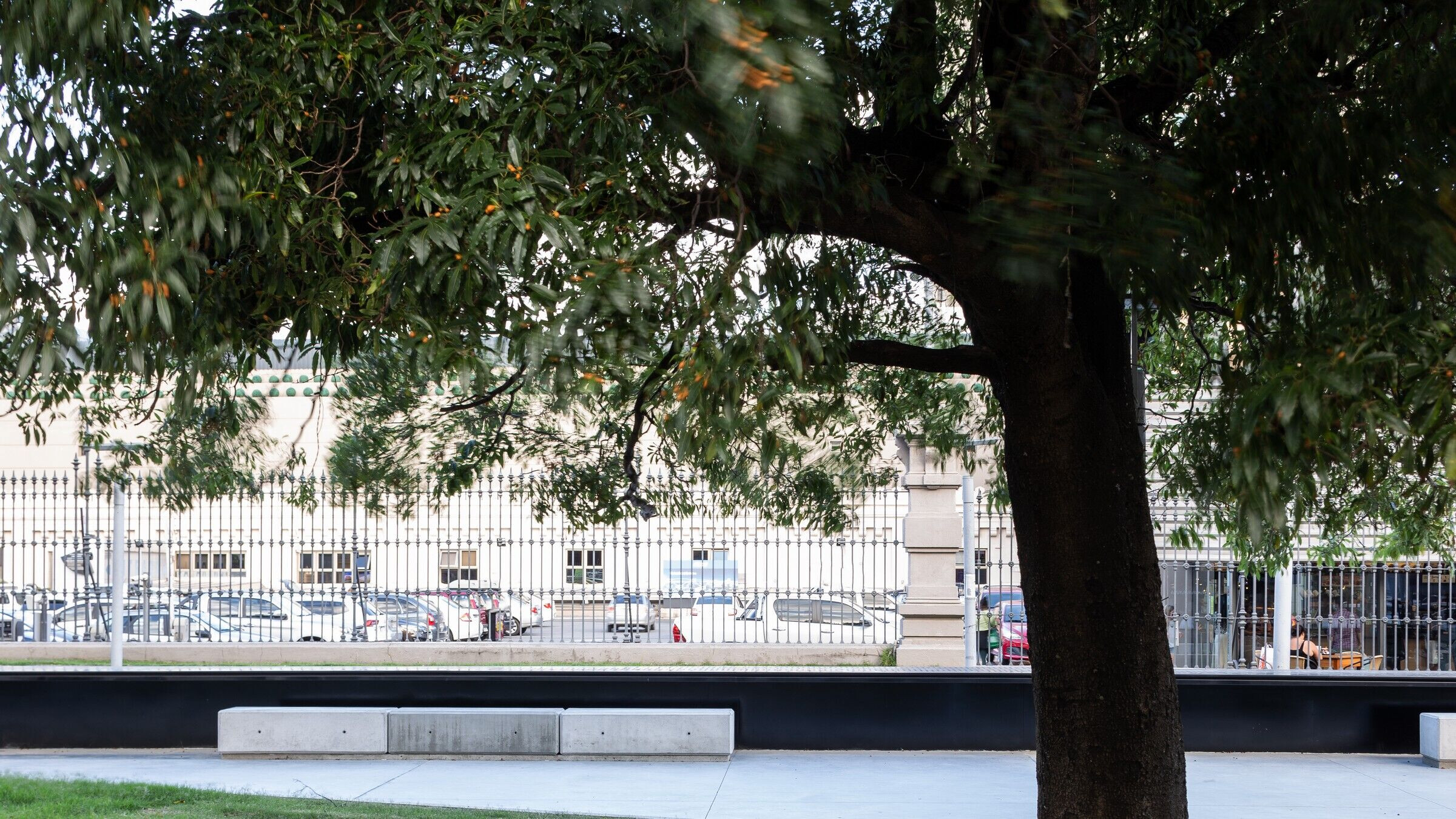

Ad Hoc Simplicity
The premises of the project start from constructive simplicity. In this sense, the intervention aims at a synthesis of very few elements "custom made", which seek to achieve with the minimum effort the greatest scope. Four metal plates make up the board and the support in "T" shape, generating an extruded surface of 24 meters long, which is positioned parallel to Ellauri Street. The rear grass quadrant is replaced by a continuous pavement of high-strength concrete slabs, forming the benches and a neutral esplanade, which multiplies the area of use of the square. A gesture that connects both continuous spaces of the environment and manages to give prominence to the central object, transforming it into a true attractor.


Material Asceticism
Materiality responds directly to the conditions of implantation and maintenance of the memorial. The large board is conceived with iron sheet plates painted black addressing the solemnity, in contrast to the concrete of pavements and benches, which is proposed as an alternative noble material and resistant to the active use of public space.
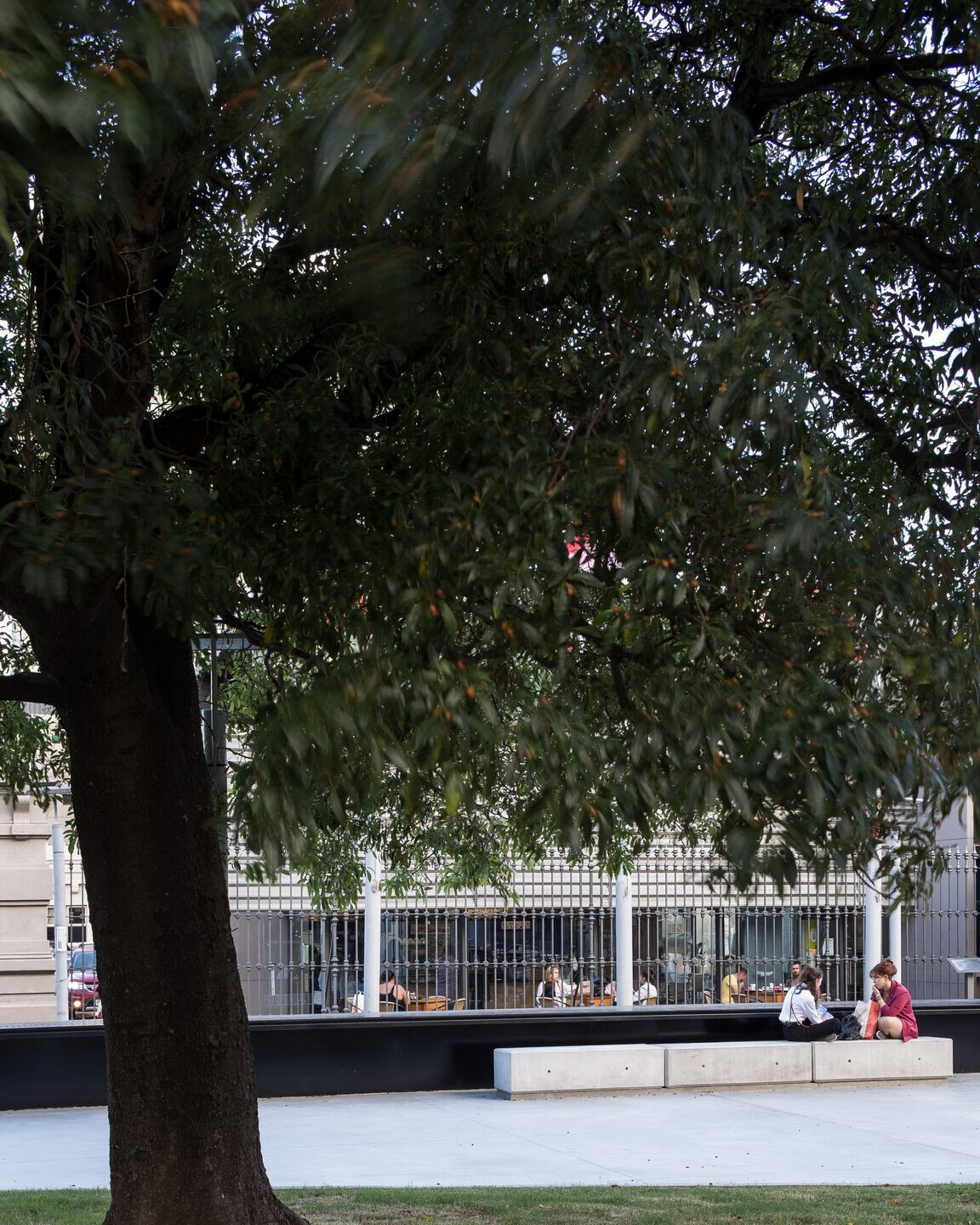
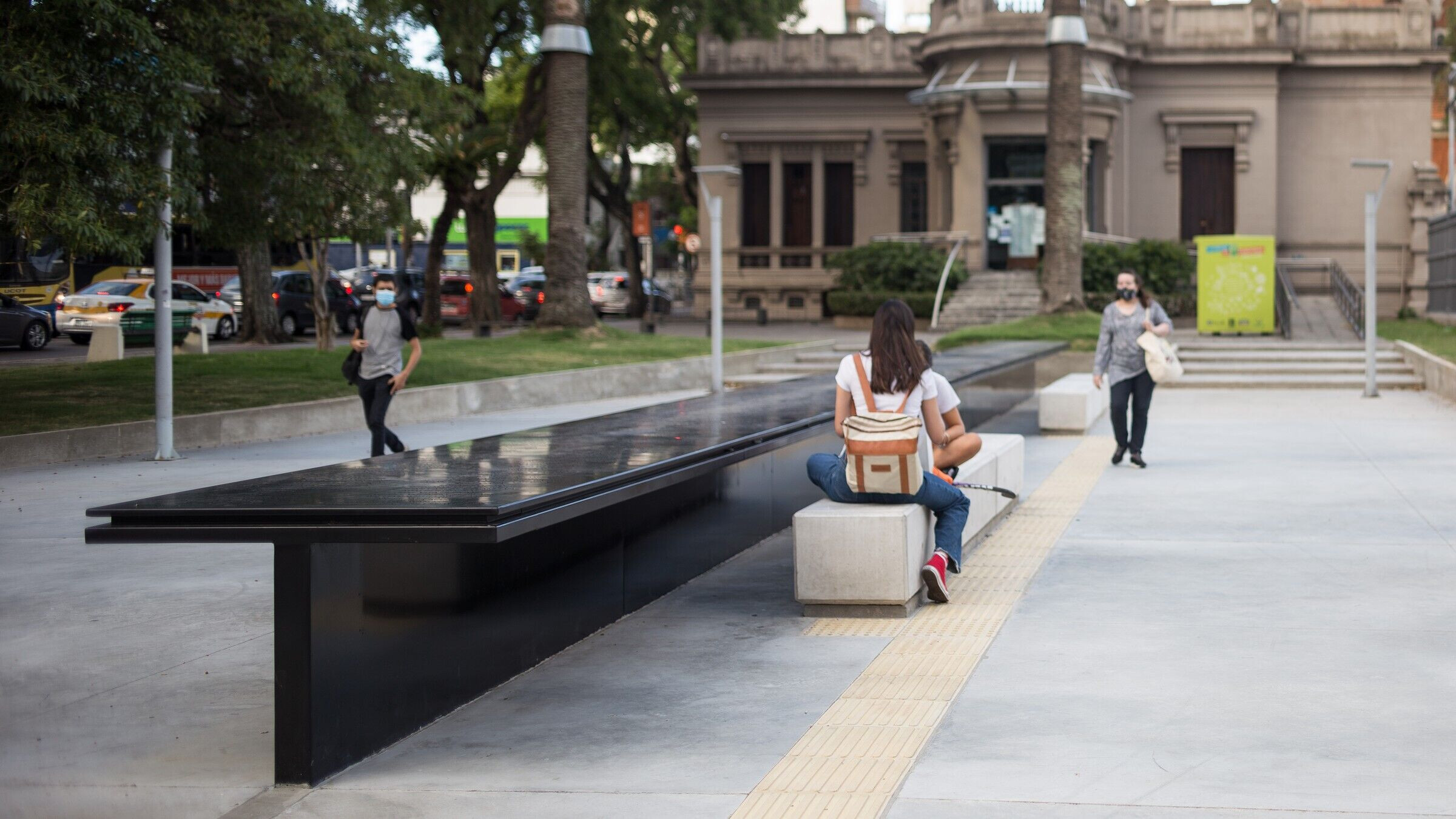
Note
During much of the stay, "the prisoners received the visit of their relatives in the same enclosure as the rest and with the same modality, a long wooden table. The only rule established was that the visitor would sit on one side of that table and the prisoners on the other...”
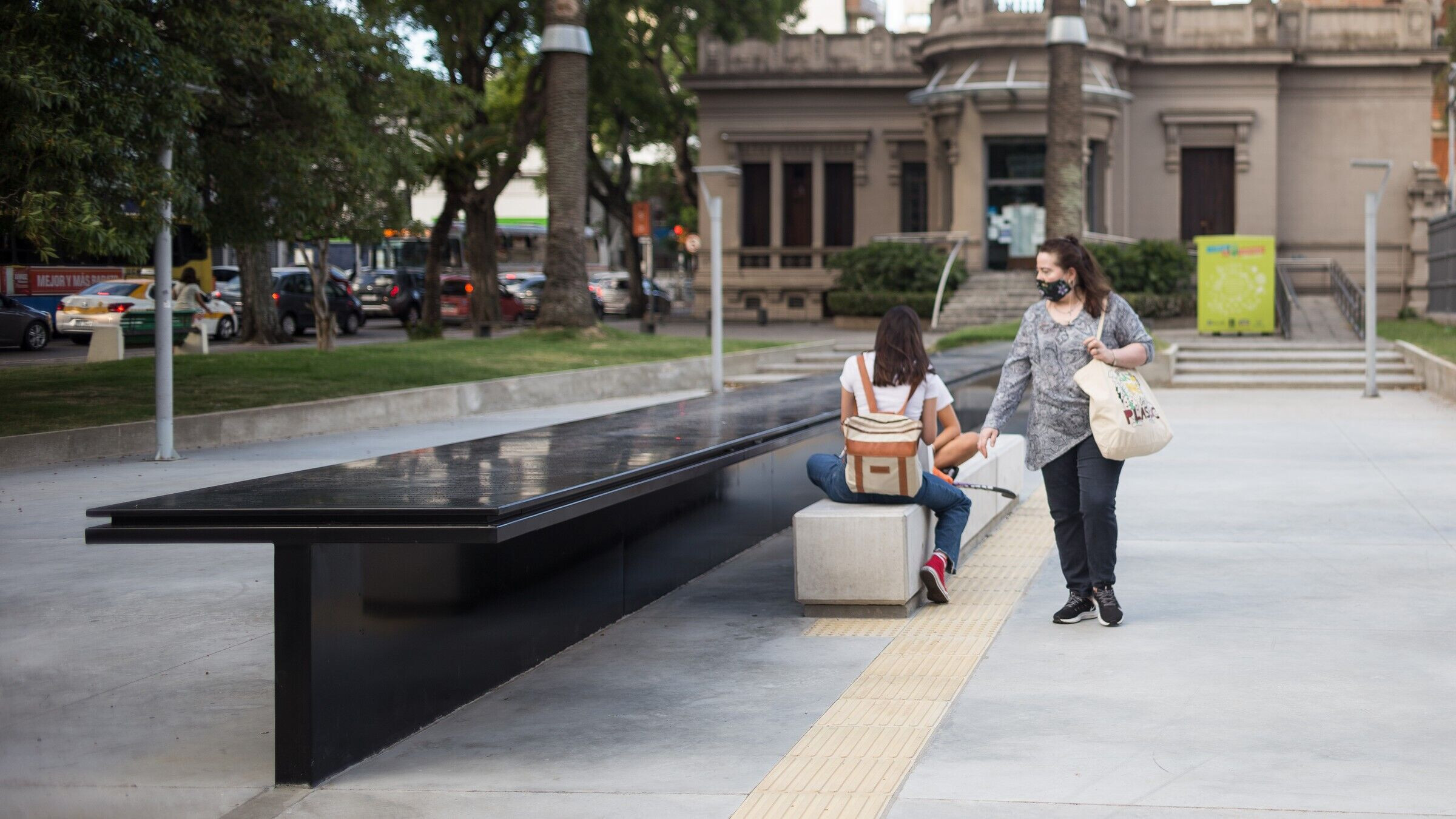

Lourdes
Every system of objects constructs its narrative, its memory, its affections, supposes a construction that can be inhabited. It fosters a conglomeration of uses, practices and subjectivities that make the apparently inert vital: we animate the inanimate; we make it live, as a spiritualist ceremony and why not, in many cases, as a political practice of rapprochement and encounter. The table and its historical genealogy, to think about the intersection between the diachronic and the synchronous, does not escape a logic of relations with the human, with the different social and historical moments that civilization has traced to tell itself; to reflect on the affective power of furniture is to reflect on the way in which objects overflow in their functionality, building spaces where different ways of living, being and being with others can unfold.
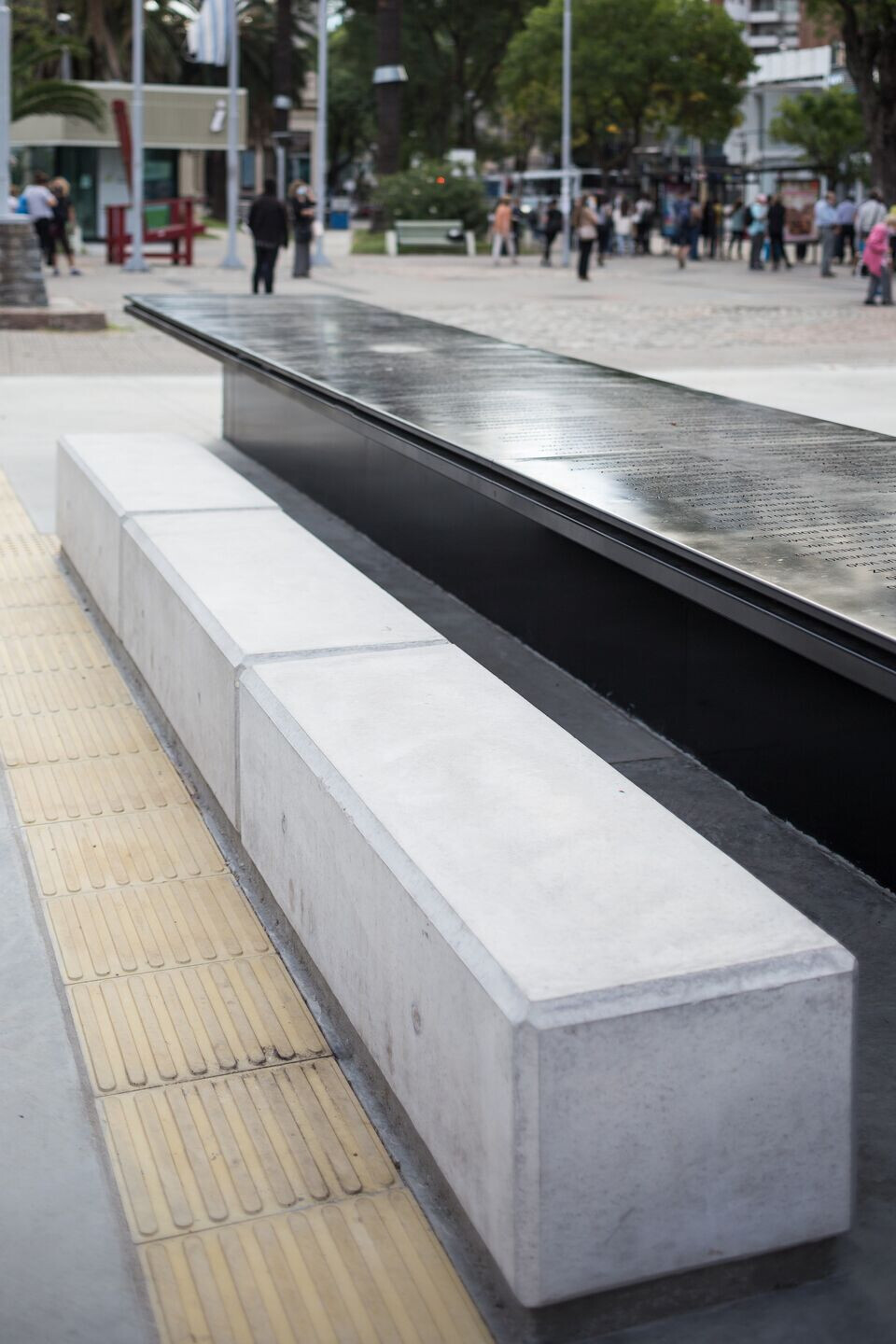

We are animals with memory, therefore, animals with the ability to tell stories. In this sense, the table has worked over time as a storytelling device, built by a fine montage of gestures, anecdotes, behaviors, desires ... that make it, not only the space where the public and the private, the domestic and the territorial, can coexist and be shuffled, but as a founding communicational field, where statements and enunciators are mixed in the verbiage of the banquet, in the solipsism of the conference, in the dialogue between peers or in the encounter eager to recognize the other as present, close, alive.

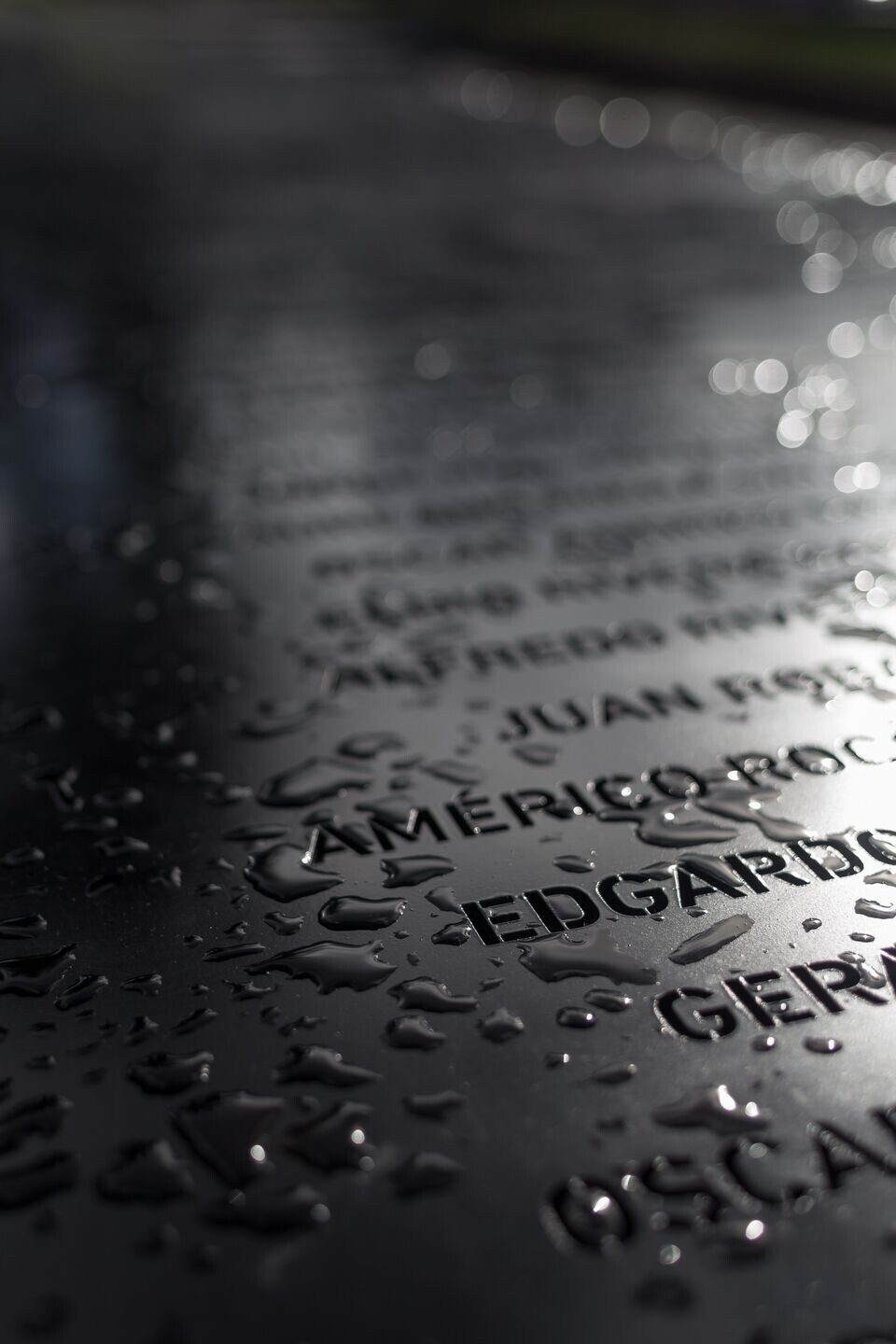
The table, that portion of raised ground, that disputed territory, the scene of sacrifices and pacts, is much more than an object that supports the human in its chiaroscuros, it is also a machine of meanings, a dwelling place for dispute and love: a landscape of looks is threaded on it. Its height is not only the lifting of the floor, it is also the approach to the sky, the generation of an in between, of an interstitial space where the genealogical, the terrestrial and the cosmic are conjugated in an object or perhaps in what became a space by the usology of humans.
The table is a space for the place, this relationship of content and continent, this condition of the "housed", is of relevance if we understand space as a trialectic construction: we practice it, we represent it and we perceive it.
The table, therefore, is much more than its objectual quality, it is a place where we practice, represent and perceive ourselves, a place to build and deconstruct ourselves with others.

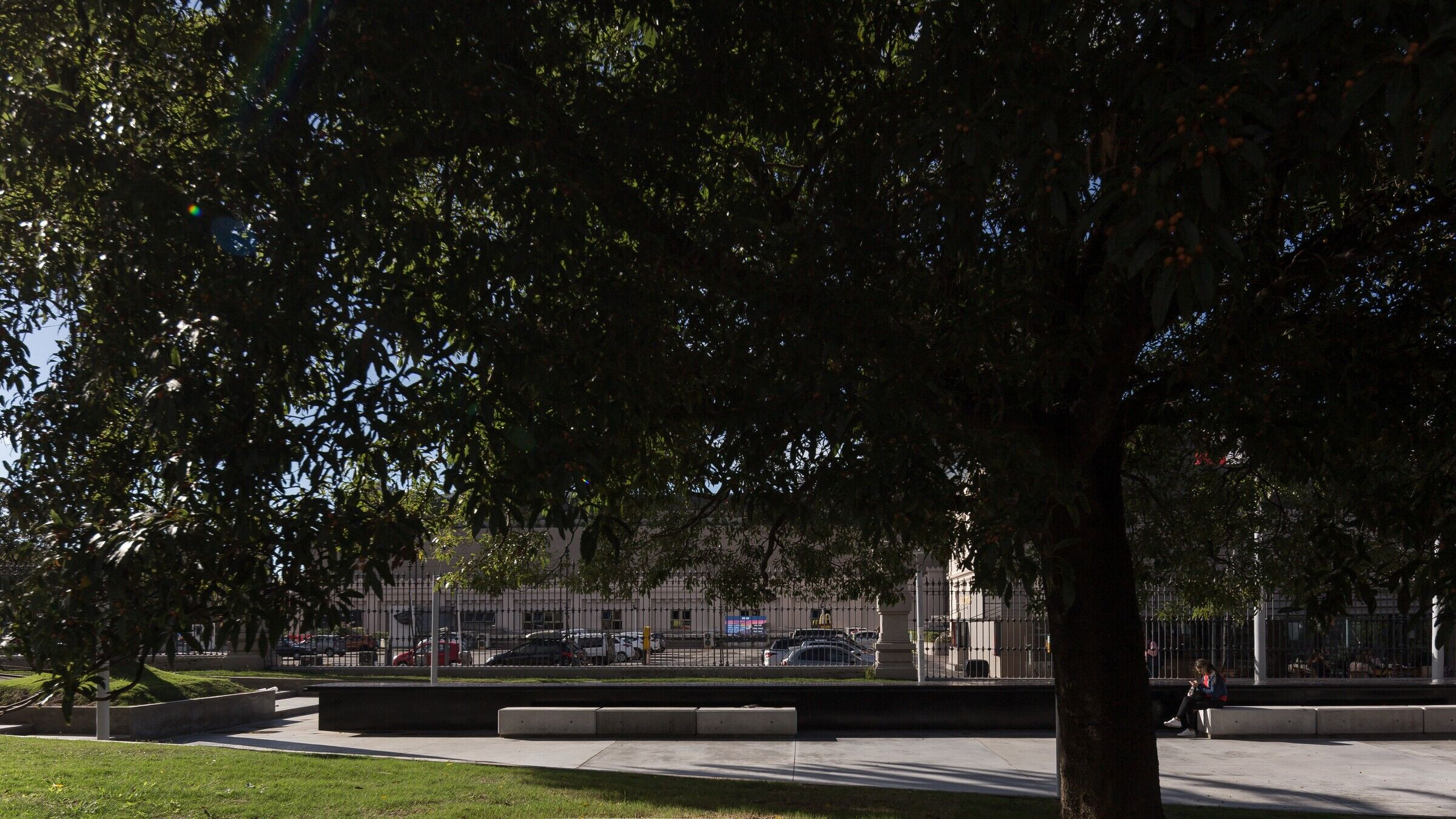
Team:
Architects: TATŪ Arquitectura + Federico Lapeyre + Federico Lagomarsino + Lourdes Silva
Photography: Marcos Guiponi
Architects in Charge: Leandro Alegre, Horacio Goday, Martin Olivera, Federico Lapeyre, Federico Lagomarsino, Lourdes Silva















































